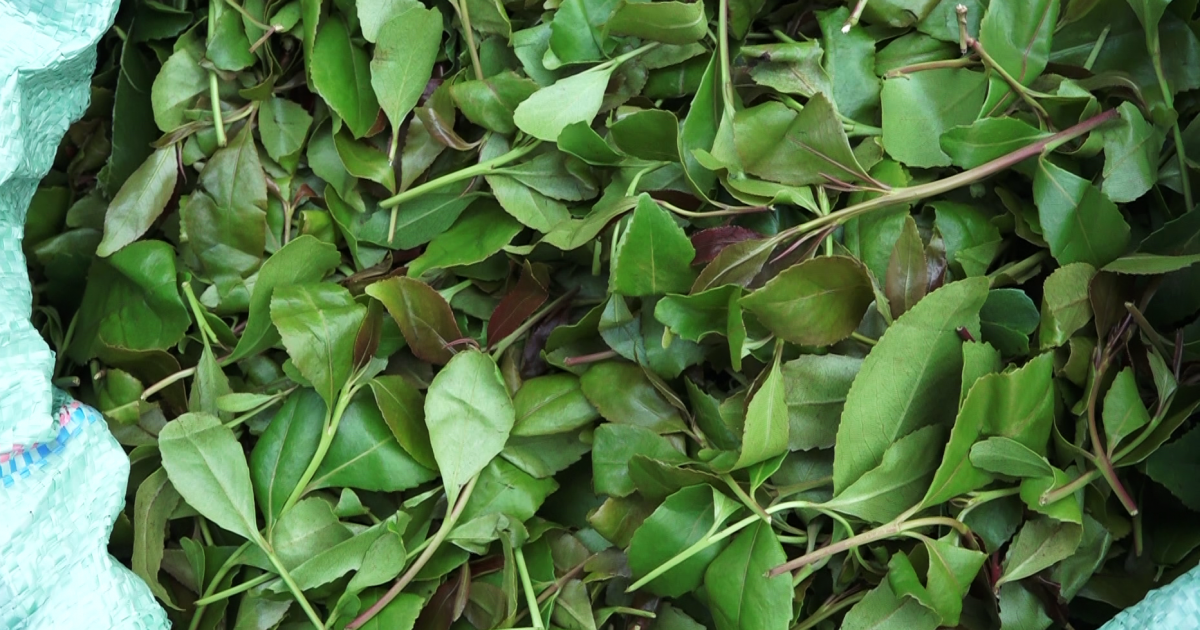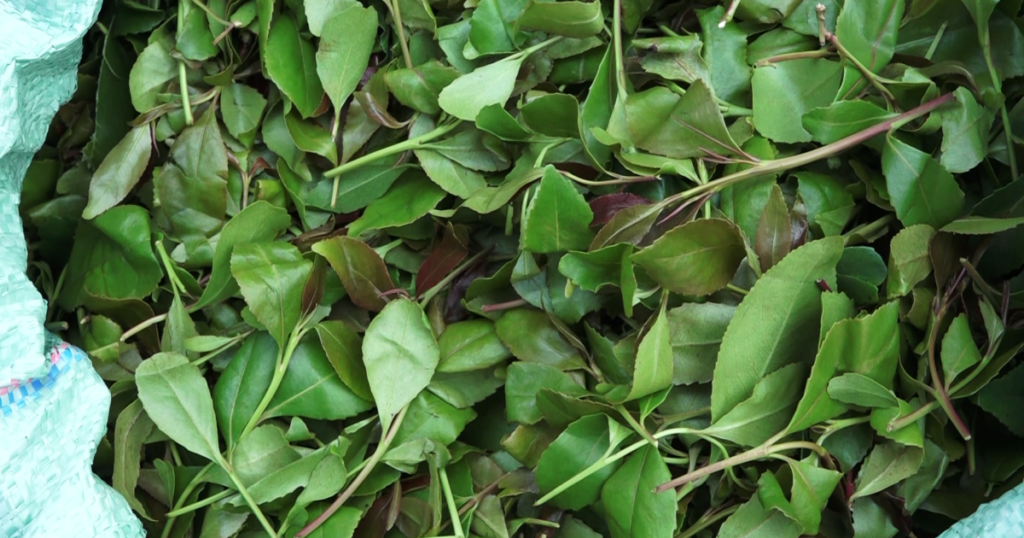
Muguka a stimulant drug made from the leaves of a Khat plant has gained popularity in Kenya for several years.
Chewing muguka produces stimulating effects similar to those of other stimulants like caffeine or amphetamines. Users tend to report increased energy, alertness, and a sense of euphoria.
However, its widespread use has raised concerns about addiction, health effects, and social problems such as family neglect and violence.
Efforts to regulate or ban muguka have faced resistance from growers and traders who depend on it for daily income.
Effects of chewing Muguka
When consumed orally, Khat poses potential risks for most individuals. Although it does not typically lead to addiction, it can result in psychological dependence.
Last week, Mombasa Governor Abdulsawmad Shariff Nasir banned the entry, transportation, sale, and consumption of muguka citing harmful effects, especially among the youth.
Khat can cause numerous side effects, such as alteration in mood, increased hyperactivity, aggressiveness, anxiety, depression, elevated blood pressure, manic episodes, paranoia, and psychosis.
Following the use of muguka, individuals often experience difficulty in sleeping, reduced energy levels, and zero concentration.
Severe adverse effects as a result of chewing muguka include migraines, cerebral hemorrhages, heart attacks, vascular changes, respiratory issues, liver damage, and alterations in libido and sexual performance.
Ceasing the consumption of Khat may trigger withdrawal symptoms including irritability, nervousness, depression, decreased appetite, tremors, sensations of heat, insomnia, and nightmares.
Difference between Muguka and Miraa
The effects of muguka and miraa are essentially the same since they both refer to the plant Catha edulis. When consumed, they produce stimulant effects due to the presence of psychoactive compounds such as cathinone and cathine.
Miraa is specifically free of Khat leaves while muguka might encompass both fresh leaves and processed forms such as dried leaves or extracts.
When it comes to harvesting, miraa farmers gather from the shoot or stem, while muguka farmers focus on plucking the leaves.
Miraa is harvested about 28 days after planting, whereas muguka has a much shorter harvesting cycle, usually ready for harvest after just 7 days.
Traditionally, miraa users chew on the shoot while muguka consumers chew the leaves of the stimulant.
Geographically, miraa cultivation excels in Meru County particularly Igembe North, South, and Central, as well as Tigania. In contrast, muguka cultivation is primarily concentrated in Mbeere North and Mbeere South within Embu County.
When it comes to the streets, muguka tends to have a lower market value, often going at Ksh 50 while miraa commands a higher price between Ksh 150 to 200.


